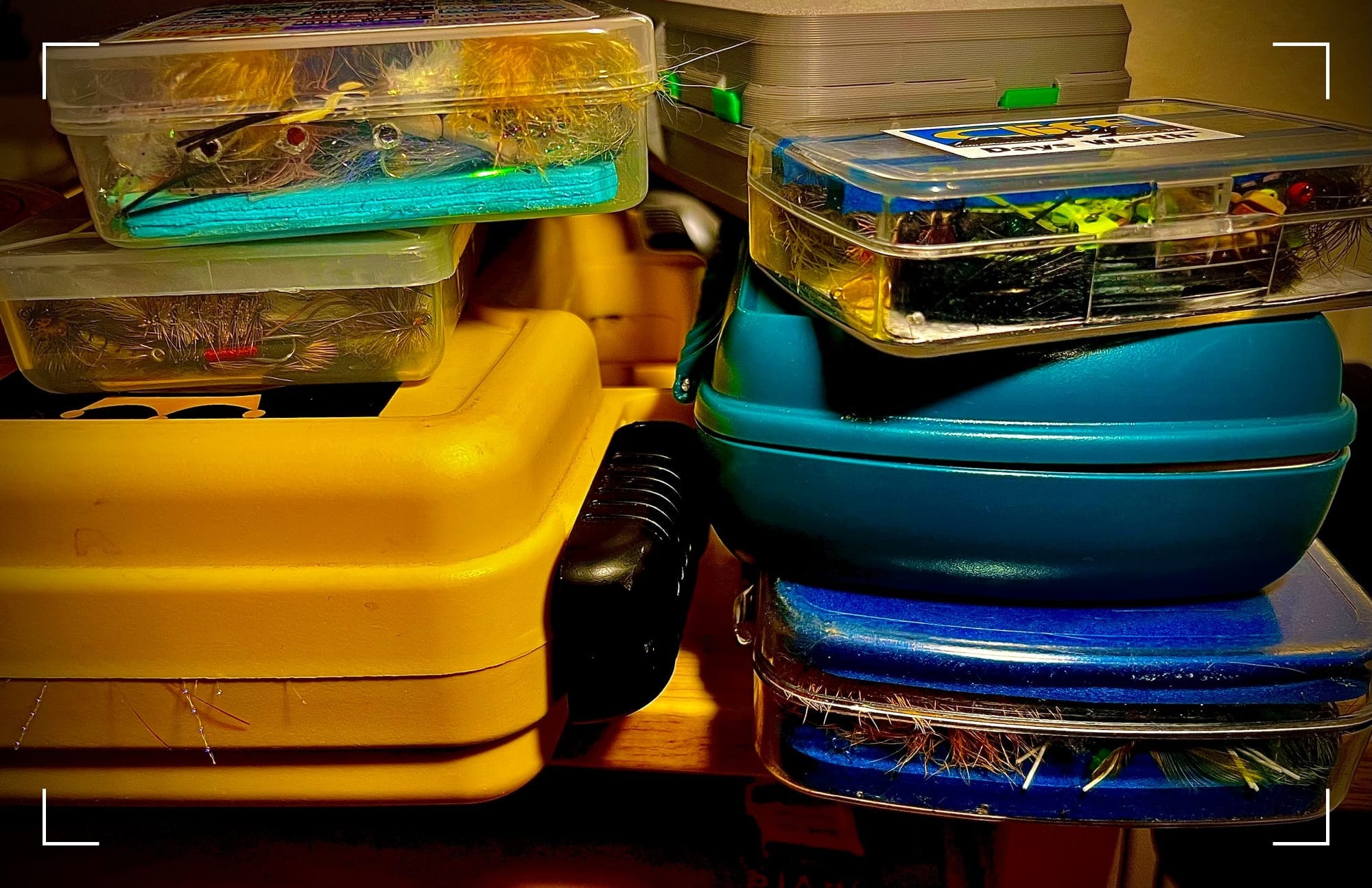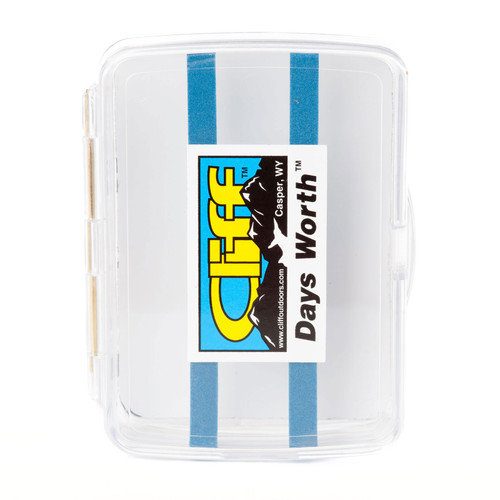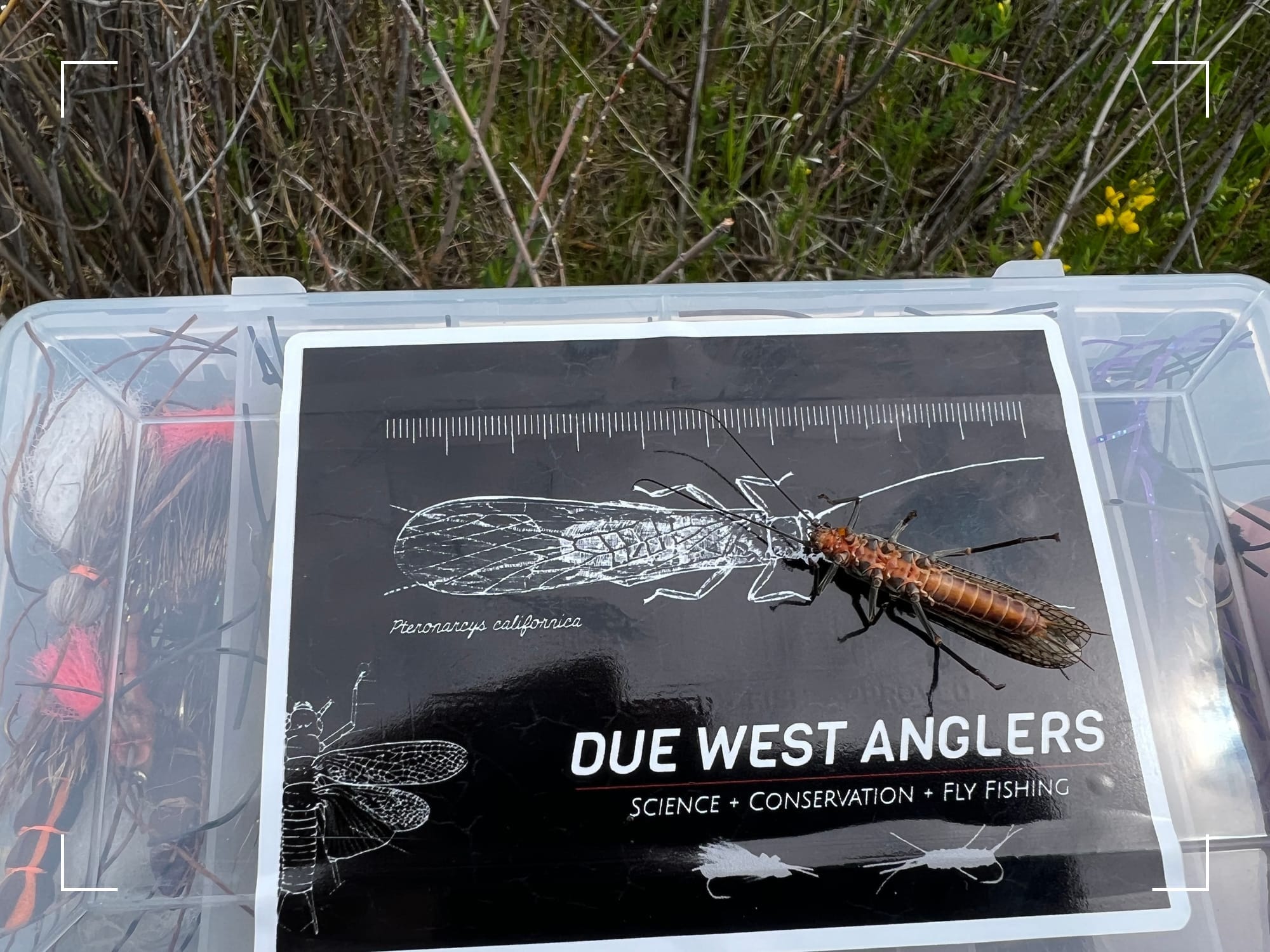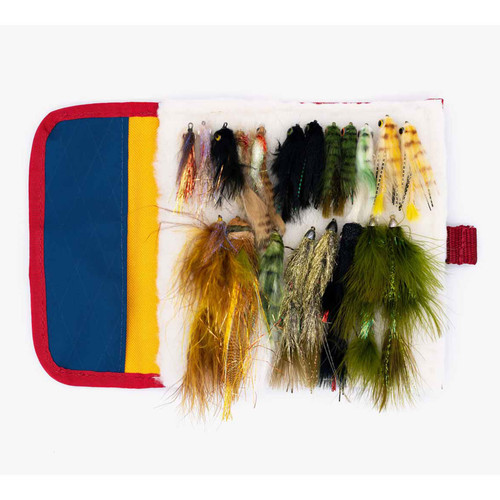Fly Box Shootout
Umpqua, Cliff, Fishpond, Tacky, Plano, Fin River, Yakoda, what's the best fly box?

February 2024
When a plastic box used to store flies can cost $40 or more, it's worth taking a look at which ones are worth it and which ones to leave behind. We tie a lot of flies and obviously need somewhere for them to go, so we have extensive experience with all the various styles of boxes, and lining materials. Everyone's needs are different, but here are one man's opinions.

Silicone vs Foam Fly Boxes
Silicone slits in fly boxes makes a lot of sense, they grip hooks well and naturally recoil back into position. Silicone inserts certainly grew out of a distaste for foam fly boxes which would loosen over time, causing flies to fall out of boxes or not stay in place very well. But some silicone inserts in fly boxes work better in principle than in practice. Often silicone boxes aren't fully sliced open correctly and require extra handling to prepare them for fly storage. For every silicone box I've owned, I've had to trace a razorblade through each divider to properly open certain slots. Yet, these boxes allow for greater fly storage, rows can be closer together, and at least for me, I'm all about packing as many flies into a box as possible. The biggest issue with silicone fly boxes comes when the entire silicone mat tries to disconnect from the box itself, a problem I've run into with multiple boxes from Tacky.
Yet, foam boxes aren't going away, brands like Cliff and Umpqua still line fly shops and serve anglers well. They work, they're light weight, and they're usually cheaper. But they just won't last as long, foam will eventually loosen over time and that gets frustrating.
Ultimately this all comes down to personal preference, but for my money, silicone boxes will last longer and age better than foam. That being said, my mini Cliff Day's Worth has stuck around in rotation longer than any other fly box I own.

Magnets
Either as stand alone options or incorporated with foam/silicone, magnets are excellent for trout flies. The smaller the fly the better the magnetic pull, and the more flies you can pile into a box. But there are diminishing returns as flies get larger and larger. Look for secure magnetic sections and avoid the peel and stick magnets, like on Fin River fly boxes.
Compartment Style Boxes and Fly Pucks
Maybe you're turned off by the price of Umpqua or Tacky/Fishpond boxes, and want to turn to compartment style boxes. The price is sure better, but there are more drawbacks than advantages. Big flies, like dries or streamers can get stuck on smaller flies if not stored separately, and can lead to fumbling or lost flies. Tiny hooks can even pull on wings and mess up larger flies. I've many times ran into issues between small nymphs catching in the wing of a Chubby Chernobyl.

Plus, when you return a soaking fly to the compartment, you're inadvertently wetting other flies without enough ventilation. Especially with streamers, this can lead to rusty hooks. I've drilled holes in compartment boxes to aid in drying, which does work. But it's never as clean a process as I hope. Compartments (and pucks especially) are also tricky for dealing with small flies; with fat fingers, sometimes grabbing the exact fly you want requires tweezers.
If you only carry a limited selection of flies, or have lots and lots of the same fly, I see reason for compartment boxes or pucks. But I don't want to have to dig through an assorted pile just to find the exact fly I want. Additionally, larger compartment boxes are usually thicker and better suited in boats over wading packs. Their best application might be for bass poppers or bulky flies that don't sit well in traditionally designed fly boxes. Customizable compartment boxes would also be advantageous for big predator streamers.
Non-standard Fly Storage
Another option available is wallet style "boxes", usually lined with sheep wool or some kind of grabby material to embed a hook. Yakoda has several options in this style, and Fishpond has a foam equivalent in their sushi roll. The sheep wool is honestly really tricky to deal with. You need to spend time to find the exact fit for each fly, otherwise each time you open the wallet you'll be on your hands and knees looking for escapees. Best suited for articulated streamers, these style of boxes do offer better hook drying and fly longevity. Not well suited for smaller flies, anything below a 12 is really asking to get lost. Further, pulling barbed flies out of wool will limit the lifespan of the wallet. Over time, the edges will become less usable as wool is pulled out, limiting the useable surface. On a brighter note, they don't weigh hardly anything.

The sushi roll, a foam equivalent, is intriguing. It fixes some of the above issues, but has it's own setback: bulk. With built in spacers, this "box" rolls into a cylinder that's not as flat as other styles. As the only thing you carry, that might be fine, but it IS tricky to stuff into a wading pack. Alternatively, you could carry it externally, like a mini-sleeping bag. If traveling, I could see how this storage system packs easier than a hard-sided box. If you're into this idea, get hunting because these boxes are discontinued.
Box Depth
An overlooked aspect of choosing a fly box is the height clearance for certain flies. If you love parachute hopper flies, they're going to need more headroom than for most foam hoppers. All dry flies will need more clearance than nymphs, and if you stuff all your dries into a slim nymph box they will live in a perpetual state of smooshed. At the same time, you don't want to go super chunky with boxes either. That’s just wasted space. Several Cliff boxes have headroom but make for awkward storage in a sling pack due to their greater depth. The Crab Shack and the Justin Case fly boxes suffer from excessive bulk.
If I Have To Pick My Favorites
All-around Trout: The Umpqua Weekender is the go-to nymph box for trout.

All-around Streamer: The Tacky Pescador is the best box for larger nymphs, single hook streamers, carp, warmwater, and saltwater flies.

All-around Boat: The Cliff Bugger Beast excels at larger flies for pike, smallmouth bass or saltwater species, and even functions as a boat armory for any trout pattern larger than size 20.

Mini: The Cliff Day's Worth is ideal for downsizing to carry only proven patterns. A few hoppers, a few dries, and lots of room for nymphs.

Enjoy this article? We need your help funding conservation and science reporting, fly fishing deep dives, and more stories from the road.
Every contribution helps support conservation and scientifically informed writing on fish.


